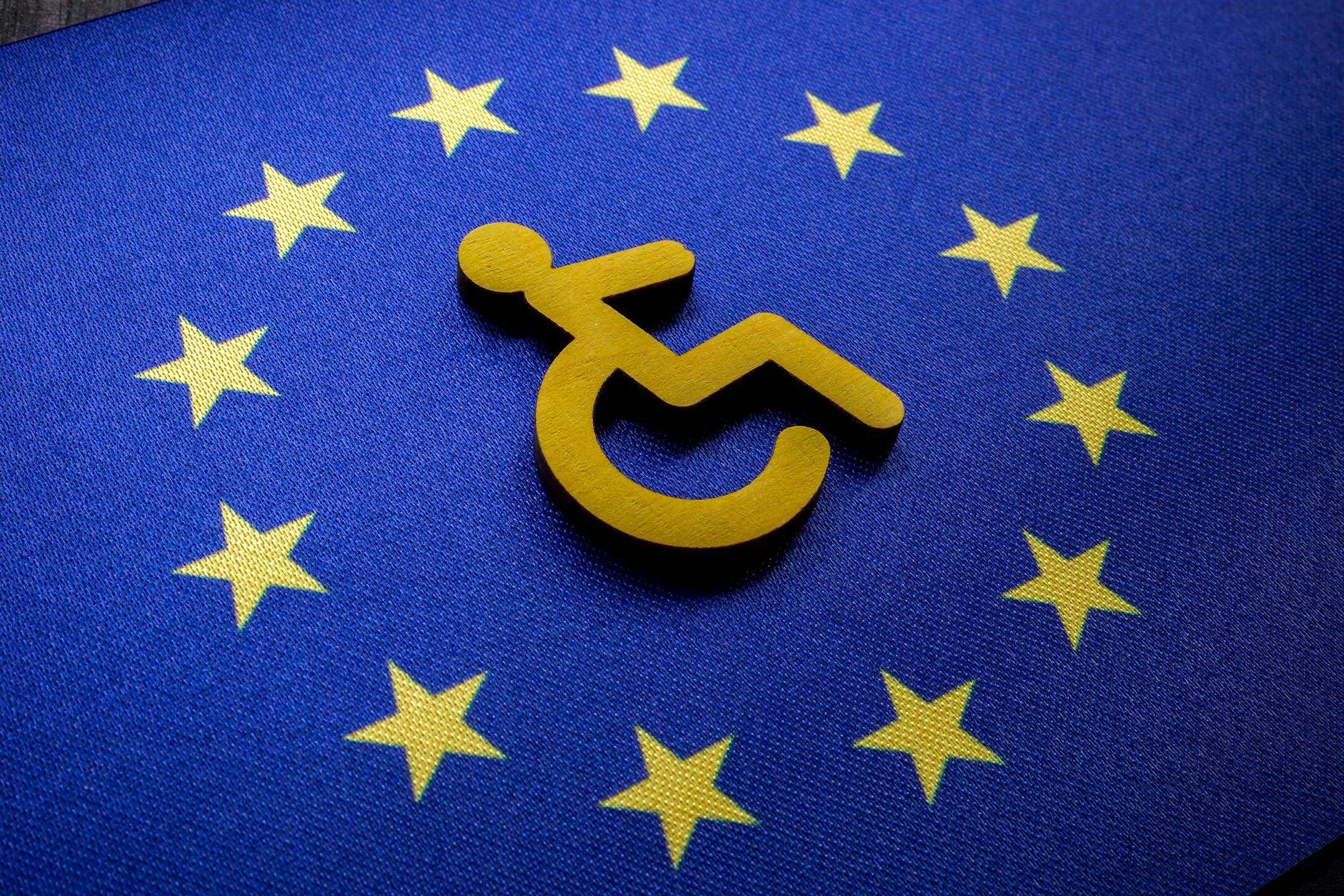Marketing cookies will soon be entirely phased out, meaning that now is the time to prepare for a time when they can no longer be relied upon to help with campaign targeting and performance.
Why are marketing cookies in decline?
Despite being in use for several years, privacy concerns around tracking and the advancement of mobile technology means that the standard cookie has almost entirely outlived its usefulness.
Research conducted by Pew Research Centre and cited by Google suggests that privacy worries in particular have led to the cookie’s demise, with 72% of internet users afraid that their entire online activity is tracked by tech firms and advertisers. What’s more, 81% believe the risks associated with that tracking outweigh any potential benefits.
Google’s Chrome browser will prevent the use of all third-party cookies by 2023 (a date that it only recently confirmed after previously saying that the ban would be enacted this year). Safari is already taking strides to remove cookies, instead offering a new option called Private Click Measurement (PSM). Apple too is moving in a similar direction, with its iOS 14 update requiring all apps to ask permission to track user behaviour.
Do you need to worry?
Although tracking cookies have become a default part of marketing and ads campaigns and used in a range of ways to target and personalise advertising, they’re actually much less effective than you might think.
In fact, a 2018 survey found that as many as 64% of tracking cookies were rejected by users, meaning they’re not as critical to tracking, targeting and measuring as you might first think.
That said, those cookies that weren’t blocked or deleted have helped to identify users and their habits, meaning that ads and content can be made more relevant. Their measurement capabilities also mean that they can help inform decision making and shine a light on what is and isn’t working.
Alternatives to cookies for marketers
Central to the end of the line for cookie use is a loss of third-party data for advertisers and marketers. This means that there now needs to be a greater focus on building up first-party data.
This could mean:
- Greater use of data collection via your own site and owned media channels, to allow you to build up a better understanding of consumer behaviour.
- More reliance on attribution tools, to help understand campaign successes and user behaviour
- Exploring other methods of personalising content, adverts or promotions when deploying marketing or paid search campaigns. This could mean making more widespread use of options such as time targeting (day parting) or geo targeting when creating ad campaigns.
- Considering the use of second-party data as a stop gap. This is available through platforms such as Facebook. This could mean that you also need to test other channels to make the best use of your budget and the information that is available to you.
- Setting up comprehensive reporting and measurement systems.




